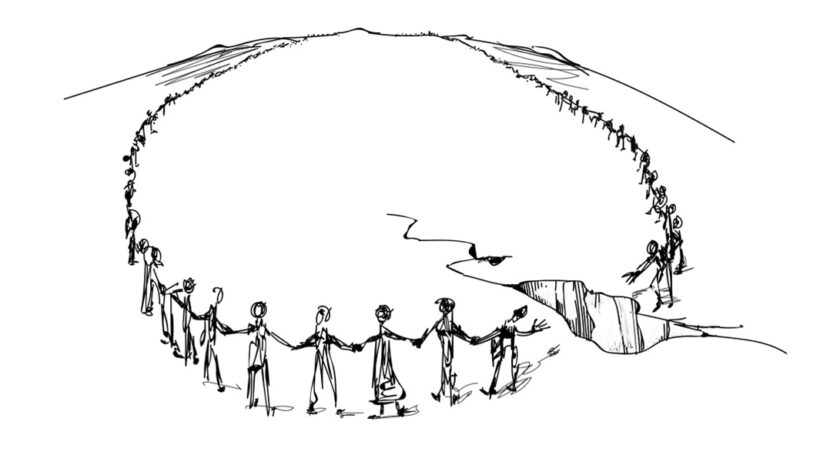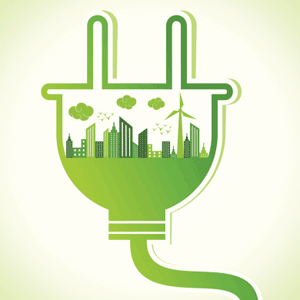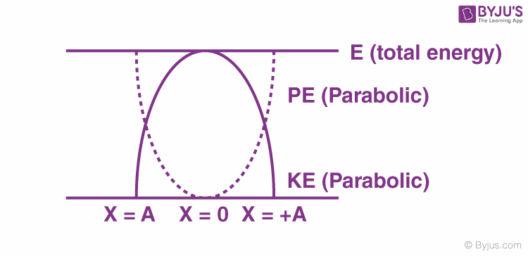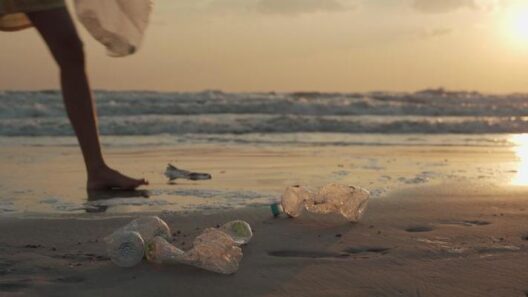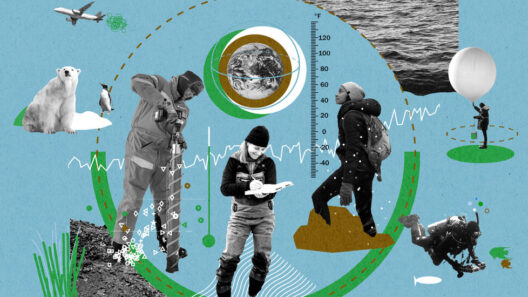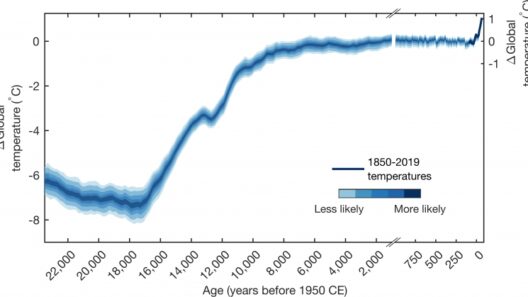In the intricate tapestry of life on Earth, every thread is interwoven with countless others, and global warming is an ominous specter that touches each strand. Just as ripples spread out across a tranquil pond when a stone is cast, the effects of climate change reach outwards, influencing myriad facets of existence. The planet’s temperature is not merely a statistic; it is a harbinger of disruption that impacts everyone, from bustling metropolises to the quietest rural communes.
Picture the Earth as a vast living organism, its climate a delicate balance sustained by an intricate web of interactions. Each element within this system relies on the others for survival. The air we breathe, the water we drink, the food we consume—all are products of this interdependence. When the climate shifts, this balance falters, creating a domino effect that reverberates through ecosystems and human societies alike.
Rising temperatures are perhaps the most visible symptom of climate change. The Earth has warmed by approximately 1.2 degrees Celsius since the late 19th century, leading to profound transformations in our environment. Glaciers that have stood sentinel for millennia succumb to the relentless march of temperature increase, and polar bears now traverse a landscape increasingly devoid of ice. This melting ice not only threatens iconic species but also contributes to the inexorable rise of sea levels. Coastal cities, teetering on the precipice, face the grim prospect of inundation, a fate that connects urban dwellers to the plight of nature like an invisible thread.
Yet, the challenges of global warming extend beyond the physical environment. The meteorological phenomena resulting from climate change—intensified storms, prolonged droughts, and erratic precipitation patterns—are increasingly commonplace. Farmers, the custodians of our food supply, find their livelihoods jeopardized by shifting weather patterns that render traditional growing seasons unreliable. This agricultural turmoil spells food insecurity for many and ripples outwards, affecting economies, health, and social stability. In this way, the average person, regardless of geographic location, stands vulnerable to the whims of an unstable climate.
The human psyche, too, is not impervious to the consequences of climate change. The psychological ramifications of living in an era fraught with ecological decline are profound and multifaceted. Feelings of anxiety, hopelessness, and despair can pervade the collective consciousness as people grapple with the existential threat that global warming poses. The phrase “eco-anxiety” has emerged to describe this growing phenomenon, encapsulating the emotional toll that environmental degradation exacts on the populace. Here, one can see yet another connection forged in the global fabric of life: as the planet suffers, so too does the mental well-being of its inhabitants.
Moreover, the socio-political landscape is being reshaped in the wake of climate change. The phenomenon is not just an environmental issue; it is entwined with matters of justice, equity, and power dynamics. Vulnerable communities, often marginalized and overlooked, bear the brunt of climate impacts. They lack the resources to adapt, to prepare, or to recover from natural disasters exacerbated by global warming. The struggle for environmental justice highlights the interrelatedness of climate change and human rights, as those least responsible for greenhouse gas emissions face the direst consequences of this unfolding crisis.
Interestingly, while the challenges posed by global warming are daunting, they also offer a unique opportunity for collective action and societal transformation. The urgency catalyzed by climate change has ignited a global movement, uniting voices from diverse backgrounds under a common purpose. It is in this shared struggle that humanity can find solidarity—an affirmation of our mutual dependencies. Initiatives to reduce carbon footprints, promote renewable energy, and implement sustainable practices are gaining momentum. Herein lies the potential for innovation, creativity, and resilience to flourish as the average person recognizes their role in this narrative.
The metaphor of the butterfly effect resonates strongly here—small actions can yield significant impacts. Individual choices, such as reducing waste, conserving energy, and advocating for policies that address climate change, ripple outward to create a more sustainable future. Each person, like a single thread in the fabric of existence, can contribute to the overall strength and stability of the whole. Collectively, these actions serve as a testament to the fact that while the challenges of global warming are formidable, the capacity for change lies within us all.
As we move forward, the conversation around climate change must evolve. It is essential to frame global warming not just as an environmental issue, but as a multifaceted crisis that intertwines with economics, health, social justice, and the very fabric of our societies. The average person’s problem with climate change transcends geographic and cultural boundaries; it is a shared predicament that calls for comprehensive, cooperative, and innovative responses.
In conclusion, global warming does not merely affect polar bears and rising sea levels. It wends its way through every aspect of our lives, an unseen force that shapes policies, adjusts economies, and influences psychology. Understanding this interconnectedness enhances our perception of climate change as a personal issue, one that pervades our everyday existence. It brings us to a crucial realization: every life is touched by the climate crisis in profound ways, urging us to act, to connect, and to embrace the responsibility of stewardship for our planet. The time to weave a brighter future, rich in sustainability and justice, is now—and it begins with each of us.



